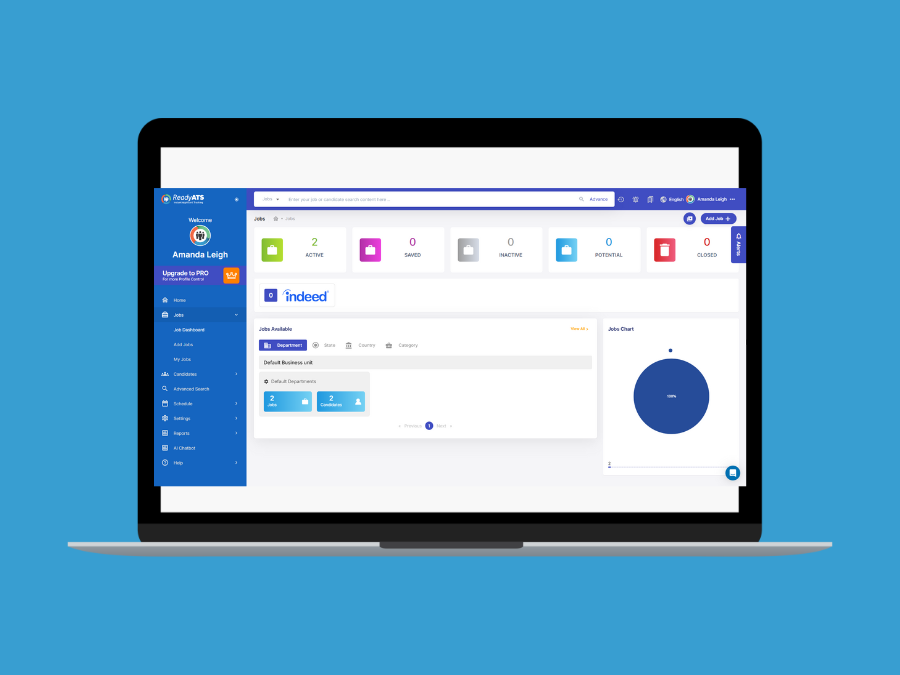Building a strategic framework in talent management is essential due to aligning the company’s workforce practices with its overarching vision and mission. When talent management is closely tied to the company’s strategic goals, it allows organizations to better attract, retain, and develop employees in ways that propel the business forward. Let’s break down why this is important and how each component plays a role:
1. Purpose and Vision Alignment
• Purpose: The company’s purpose provides the “why” behind its existence, which serves as a guiding star for all decisions, including talent management.
• Alignment with Vision: A strategic framework helps ensure that all talent initiatives support long-term vision and growth. It enables HR and leadership teams to make decisions that not only meet immediate staffing needs but also strengthen the company’s strategic direction.
2. Core Values as Cultural Anchors
• Values: Core values are the foundation of the company culture. They inform how employees are expected to act and interact, creating a cohesive environment.
• Behavioral Expectations: Embedding these values within talent management practices ensures that hiring, performance evaluations, and promotions reflect and reinforce the culture. This, in turn, supports the mission by cultivating a workforce that embodies the company’s ethos.
3. Clear Goals for Performance and Growth
• Defining Goals: Setting strategic goals within talent management means identifying specific objectives for workforce development that align with business needs, such as building skills for future challenges or increasing employee engagement.
• Consistency: Goals provide measurable targets that all talent management activities can be aligned with, ensuring that every hiring decision, training program, and performance review is purposeful.
4. Strategies for Talent Attraction, Development, and Retention
• Attraction: Strategic talent management involves targeted recruitment strategies that attract individuals who align with the company’s vision and values.
• Development: Effective talent management also involves career development opportunities that support employees’ growth while preparing them for roles that will benefit the company long-term.
• Retention: Through strategic initiatives like tailored career paths, mentoring, and employee recognition, companies can improve retention, reducing turnover and building a more stable, committed workforce.
5. Measurement and Continuous Improvement
• Performance Metrics: Metrics allow the company to assess whether its talent management practices are effective. These might include metrics on employee satisfaction, productivity, retention, or diversity and inclusion.
• Adjustments and Optimization: By analyzing data, companies can continuously refine their talent strategies to better support the mission and vision. This ensures they are always progressing towards their long-term goals.
In Conclusion
Building a strategic framework in talent management is more than just aligning HR activities with company goals. It’s about creating a holistic system where each decision—from hiring to performance management—is intentionally crafted to support the company’s purpose, values, and objectives. By doing so, companies can foster a workforce that is engaged, productive, and aligned with the future vision, making talent management a driving force behind long-term success.




